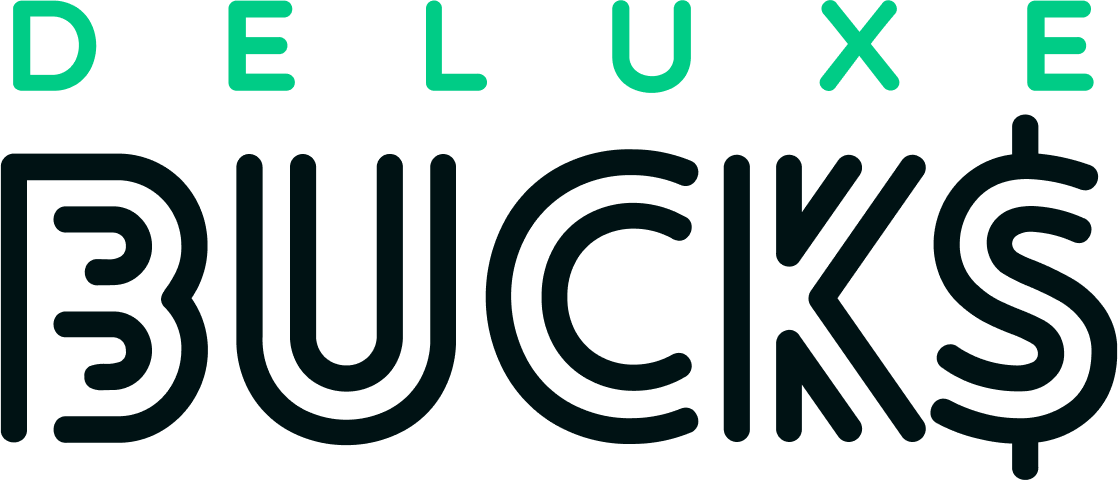If you’ve felt the shock of a high energy bill, you’re not alone. Imagine facing that in the freezing winter of Pennsylvania or during a summer heatwave. This is when LIHEAP becomes a lifeline for many. It’s a program that helps people pay their heating bills. When it gets cold, LIHEAP offers cash grants to keep you warm. Grants range from $300 to $1,000, based on your home size, income, and heating fuel.
From November to April, Pennsylvania opens its LIHEAP application for the 2023-2024 season. Help is available for those who need it in these months.
LIHEAP helps households all over the country, from October 2024 to the following August, or until funds run out. If you make at or below 200% of the federal poverty level, LIHEAP can help keep your family warm or cool. Stories of people getting urgent help for heating problems or avoiding energy shut-off show how important LIHEAP is. Just a call to the LIHEAP hotline can provide instant help for your heating needs, any time, any day.
https://www.youtube.com/watch?v=QRkJANTlt70
Key Takeaways
- LIHEAP provides critical government energy assistance to families in need12.
- Utility assistance programs like LIHEAP adjust aid amounts based on specific household dynamics1.
- LIHEAP’s energy assistance application window spans specific months, encouraging timely submissions12.
- Crisis grants signify LIHEAP’s role in granting immediate energy bill help during emergencies1.
- Income eligibility for LIHEAP is proportionate to the federal poverty level regulations2.
Understanding LIHEAP: Your Key to Government Energy Assistance
Looking for ways to lower your energy bills this season? The Low-Income Home Energy Assistance Program (LIHEAP) might be your answer. It helps those who qualify get important support. LIHEAP provides needed heating help in the cold months, keeping your family safe from the cold.
What is the Low-Income Home Energy Assistance Program (LIHEAP)?
LIHEAP is a program funded by the federal government. It helps low-income families with their energy bills. Through energy bill support, crisis aid, and weatherization help, LIHEAP lightens the energy load for those in need. Around 6.7 million families get help from it every year during key heating and cooling times3.
Who Administers LIHEAP and What are Their Roles?
In states like Florida, LIHEAP funds are handled by state energy offices. These agencies get federal money, send it to local groups, and make sure rules are followed. In Florida, FloridaCommerce works with local organizations. They ensure the funds are correctly distributed, helping residents get the utility assistance they need4.
Eligible Energy Costs Covered by LIHEAP
LIHEAP mainly helps with heating and cooling bills. It assists with costs like natural gas or propane for warming homes in winter. It also provides help during emergencies, like when families lose basic utilities. This help is especially for those with elderly folks, disabled individuals, or babies5. Getting this aid can ease the burden of high energy costs, making sure families stay safe and comfortable all year.
Knowing how state energy aid and LIHEAP work is key to making the most of them. LIHEAP can be a lifeline, offering hope to many. It helps keep homes warm or cool, even when money is tight.
Eligibility Criteria for LIHEAP
If you need help paying for your home energy, it’s important to know if you qualify for the Low-Income Home Energy Assistance Program (LIHEAP). Your household income must not be more than certain levels set by the government67.
To get LIHEAP, your income should be at or below 150% of the federal poverty level or 60% of your state’s median income, depending on which is more6. For one person living alone, the yearly income limit is $22,5907. This rule helps make sure the program serves those really needing help with their heating and cooling bills.
In some places, there’s also a test to see how much stuff, like money or property, your family owns, which can’t be more than $2,000 to $20,0006. When you apply for LIHEAP, be ready to show proof of how much money you make and what you own.
| Household Size | Income Limit |
|---|---|
| 1 | $22,590 |
| 2 | Varies |
| 3 | Varies |
| 4+ | Varies |
LIHEAP helps with your heating bills from October to March and cooling bills from June to August7. This ensures you get help during the times you need it most.
For bigger needs, like fixing or replacing your furnace or air conditioner, LIHEAP can give up to $750. If your system needs to be completely replaced or if you’re improving your home’s energy use, some places offer up to $5,0007.

Keeping the same rules for who gets help means LIHEAP can plan well and be fair. They only change the rules to match new federal guidelines6.
How to Apply for LIHEAP and Required Documentation
Getting help from the government for energy costs? Learn about the Low-Income Home Energy Assistance Program (LIHEAP). This program helps with energy bills during both winter cold and summer heat. It’s designed to reduce your energy expenses.
Finding Your Local LIHEAP Provider
To start your application, find your local LIHEAP provider. LIHEAP is available in all 50 states, the District of Columbia, Indian tribes or tribal organizations, and U.S. territories8. Each state has its own rules and help levels. It’s important to contact your county’s office soon due to high demand8.
Necessary Documents for Application Submission
Gathering the right paperwork is key. You’ll need recent utility bills, a shut-off notice if you have one, income proof, and social security numbers for everyone in your home. Also, you must show you’re a U.S. citizen or permanent resident8. These documents confirm if you’re eligible and help process your application.
Application Process: Online and Offline Methods
There are a few ways to apply for LIHEAP. Many places let you apply online through their site9. But, if you prefer or need to apply in person, you can. Check online or call the office for info9. Remember, LIHEAP helps about 6.7 million families a year. Apply early because it’s a competitive program10.
Your local LIHEAP office is ready to help. They can assist in checking if you’re eligible and may even pay your energy provider directly8.

Applying for LIHEAP might seem tough, but having the right info and documents makes it smoother. It helps you and your family get the financial aid needed for your energy bills quickly.
Conclusion
The Low-Income Home Energy Assistance Program (LIHEAP) is very important for American families having a hard time with high energy costs. It received about $3.255 billion in 2013, helping nearly 5.9 million low-income homes11. This help is crucial as poor families might spend more than 10% of their income on energy. That’s a lot more compared to richer families12. Knowing how to apply and if you qualify means you could get this needed help.
LIHEAP and similar programs show a strong network of support, with over $3.29 billion aid from utilities in 201311. But, the challenge is, under 20% of people who could get help from LIHEAP are getting it. This number is dropping11. LIHEAP managers work hard to meet both heating and cooling needs. This is tricky with rising temperatures and many homes being too hot13.
To learn more about energy help across the U.S., like in California, Colorado, Illinois, and Massachusetts, check out a detailed study on energy assistance from the Health Department. No matter where you live, LIHEAP is key to keeping homes warm. Learning about this program and asking for help locally can protect your family from the cold and keep you comfortable all year.
FAQ
What is the Low-Income Home Energy Assistance Program (LIHEAP)?
Who administers LIHEAP and what are their roles?
What energy costs are covered by LIHEAP and which are excluded?
What are the eligibility criteria for receiving LIHEAP assistance?
How do I find my local LIHEAP provider?
What documents will I need to apply for LIHEAP?
Can I apply for LIHEAP assistance online?
Source Links
- Apply for the Low Income Home Energy Assistance Program (LIHEAP) – https://www.pa.gov/en/services/dhs/apply-for-the-low-income-home-energy-assistance-program-liheap.html
- How to Apply – https://dceo.illinois.gov/communityservices/utilitybillassistance/howtoapply.html
- Do You Meet the Income Guidelines for LIHEAP? Find Out Now – https://www.ncoa.org/article/what-is-the-income-limit-for-liheap/
- Low Income Home Energy Assistance Program (LIHEAP) – https://www.investopedia.com/low-income-home-energy-assistance-program-liheap-5179918
- LIHEAP Toolkits – https://www.acf.hhs.gov/ocs/programs/liheap/liheap-toolkits
- Eligibility | The LIHEAP Clearinghouse – https://liheapch.acf.hhs.gov/delivery/eligibility-houseincome.htm
- Low Income Home Energy Assistance (LIHEAP) – https://dhhs.ne.gov/pages/energy-assistance.aspx
- LIHEAP Brochure in English – https://www.acf.hhs.gov/ocs/fact-sheet/liheap-brochure-english
- Community Services – Community Action How to Apply – https://discover.pbc.gov/communityservices/communityaction/pages/how-to-apply.aspx
- How Do I Apply for LIHEAP? Follow These 4 Steps – https://www.ncoa.org/article/how-do-i-apply-for-liheap/
- PDF – https://liheapch.acf.hhs.gov/sites/default/files/webfiles/docs/leveraging.pdf
- Energy Burden and the Need for Integrated Low-Income Housing and Energy Policy – https://pmc.ncbi.nlm.nih.gov/articles/PMC4819257/
- Utilizing $4bn to Protect Vulnerable Households from Extreme Heat – https://fas.org/publication/liheap-extreme-heat/


